This text provides comprehensive guidance on Pet Stain Cleaning for upholstery, focusing on effective methods and practical tips. Key takeaways include:
– Understanding stain types (urine, feces, vomit) and fabric composition (cotton, linen, synthetic) to select appropriate cleaning solutions.
– Acting quickly and blotting stains rather than rubbing to prevent deeper infiltration into fabrics.
– Testing cleaning agents in inconspicuous areas to avoid damage or discoloration.
– Distinguishing between spot treatments for minor messes and deep cleaning for extensive stains.
– Debunking the need for harsh chemicals, emphasizing natural and safe ingredients.
– Considering DIY methods or professional Pet Stain Cleaning services for stubborn cases.
– Implementing regular maintenance routines like vacuuming, using protective covers, and blotting spills promptly.
– Referencing successful case studies showcasing effective solutions for various pet stains on upholstery.
“Keep your home fresh and fur-free with our comprehensive guide to pet stain treatment for upholstery. Discover effective strategies to tackle common pet messes, from understanding stain types and causes to choosing the right cleaning solutions. Learn essential preparation steps, master blotting techniques, and decide between spot treatments and deep cleaning. We dispel common myths and offer professional insights, ensuring your furniture stays pristine amidst pet chaos. Plus, explore preventive measures and real-life success stories for efficient pet stain cleaning.”
Understanding Pet Stains on Upholstery: Types and Causes
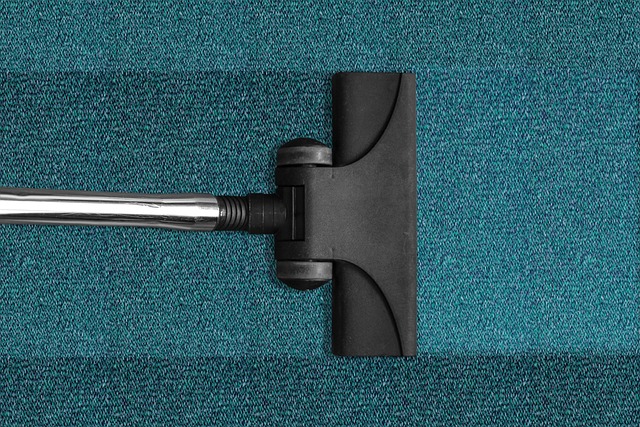
Pet stains on upholstery can be a common concern for many pet owners, and understanding their causes is the first step in effective cleaning. These stains often stem from various sources, such as pet urine, feces, or even paw tracks. Urine stains, for instance, can quickly soak into fabric and leave behind a strong odour and discolouration. Fecal matter, being more viscous, tends to create larger, more visible marks that may also harbour bacteria.
Different fabrics and upholstery materials react differently to pet spills. For example, natural fibres like cotton or linen might absorb stains more readily, while synthetic materials can repel liquid but may still retain odours. Identifying the type of stain and its cause is crucial for selecting the appropriate pet stain cleaning method.
Preparation: Assessing the Damage and Gathered Supplies
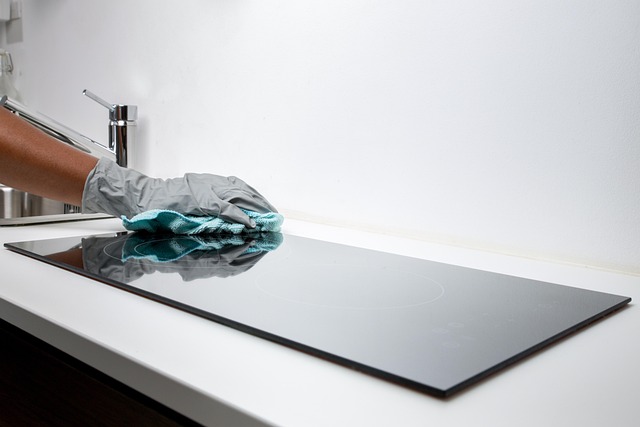
Blotting: The First Step in Stain Removal

When tackling pet stains on upholstery, understanding the right initial steps is key for effective cleaning. Blotting should be the very first action in your stain removal process. Unlike rubbing or scraping, which can spread the stain further into the fabric fibres, blotting gently absorbs the excess liquid from the surface.
For best results, use a clean, absorbent cloth or paper towel to gently press down on the stained area without rubbing. This initial step not only stops the stain from setting deeper but also determines the most suitable next steps for cleaning. Remember, quick action is crucial in pet stain cleaning to ensure minimal damage and maximum recovery of your upholstered furniture.
Choosing the Right Cleaning Solutions for Different Fabrics
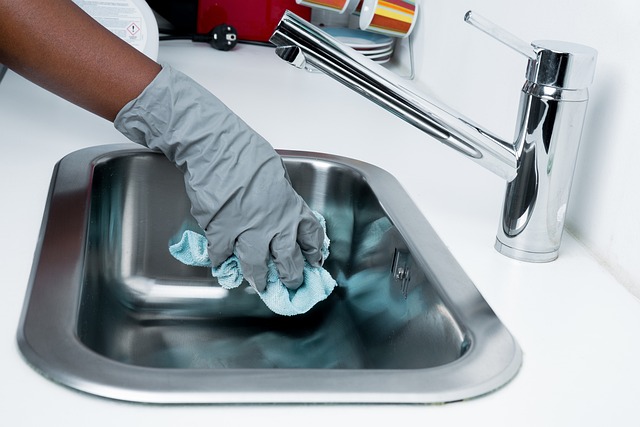
When tackling pet stain cleaning, selecting the appropriate cleaning solutions is key, especially for different types of upholstery fabrics. Not all materials respond to the same treatments, so understanding your fabric’s composition is crucial. Natural fibers like cotton and linen require gentle approaches, often benefitting from a mix of mild detergent and warm water. On the other hand, synthetic fabrics such as polyester or acrylic may demand stronger yet safe cleaning agents that can cut through oil-based stains without damaging the material.
For a comprehensive pet stain cleaning routine, consider using specialized products designed for specific fabric types. Enzyme-based cleaners are excellent at breaking down organic matter, making them ideal for removing pet urine and feces stains. Additionally, enzymatic sprays can be effective on various fabrics while leaving no harsh residue. Always test any cleaning solution in a discreet area first to ensure it doesn’t cause discoloration or damage to the upholstery.
Spot Treatments vs. Deep Cleaning: When to Use What
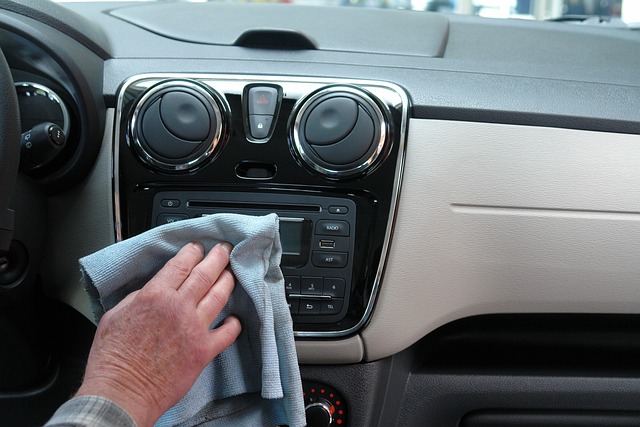
When it comes to tackling pet stains on upholstery, understanding the difference between spot treatments and deep cleaning is essential for effective pet stain removal. Spot treatments are ideal for addressing fresh, small messes like urine or fecal stains. These quick interventions involve applying specialized cleaning solutions directly onto the affected area to break down and lift away the stain without disturbing surrounding fabric.
For more extensive or deeply embedded pet stains, a deep cleaning approach is necessary. This method goes beyond surface-level treatment by using powerful vacuuming techniques, followed by application of enzymatic cleaners that target organic matter and bacteria. Deep cleaning is particularly effective for removing stubborn odors and addressing larger areas affected by pet accidents, ensuring a thorough and long-lasting solution to your pet stain cleaning challenges.
Common Misconceptions About Pet Stain Treatment

Many pet owners believe that waiting to treat a stain until it’s fresh is the best course of action, but this isn’t always true. The longer a pet stain remains untreated, the more deeply it can set into the upholstery fabric and padding. What seems like a minor issue at first can become a major cleaning challenge later on.
Another common misconception is that harsh chemicals are necessary for effective pet stain removal. In reality, many modern pet stain treatments use gentle, natural ingredients that are safe for both your pets and your home environment. Pet Stain Cleaning doesn’t have to be an unpleasant or toxic process; it can be done effectively with the right tools and knowledge, ensuring your upholstery remains clean and fresh-smelling without resorting to harsh methods.
Professional Services: When DIY Isn't Enough

For many pet owners, occasional accidents on furniture are inevitable. While DIY pet stain cleaning methods can be effective for minor incidents, they may fall short when dealing with stubborn or extensive stains. This is where professional pet stain cleaning services come into play. These specialists have access to advanced equipment and powerful yet safe cleaning solutions designed specifically for pet messes.
Professional cleaners understand the importance of proper preparation and treatment techniques to ensure deep cleaning. They employ specialized tools like steam cleaners, extraction machines, and eco-friendly detergents tailored to different fabric types. Their expertise lies in quickly addressing stains, saving you time and effort while guaranteeing effective results. This is particularly valuable for high-traffic areas or delicate upholstery that requires careful handling.
Preventing Future Stains: Tips for Regular Maintenance

Regular maintenance is key in preventing future pet stains on upholstery. Start by establishing a consistent cleaning routine, vacuuming your furniture regularly to remove loose hair and dander that can lead to staining. Additionally, use protective covers for furniture, especially those areas where pets spend the most time. These covers act as a barrier against dirt, fur, and other particles.
Another effective strategy is to address any spills or accidents immediately. Blot liquid stains with a clean cloth or paper towel to absorb as much of it as possible before it sets. Use pet-friendly cleaning solutions designed for stain removal when necessary. Regularly deep-cleaning your upholstery can also help maintain its integrity and prevent new stains from forming.
Case Studies: Successful Pet Stain Cleaning Stories
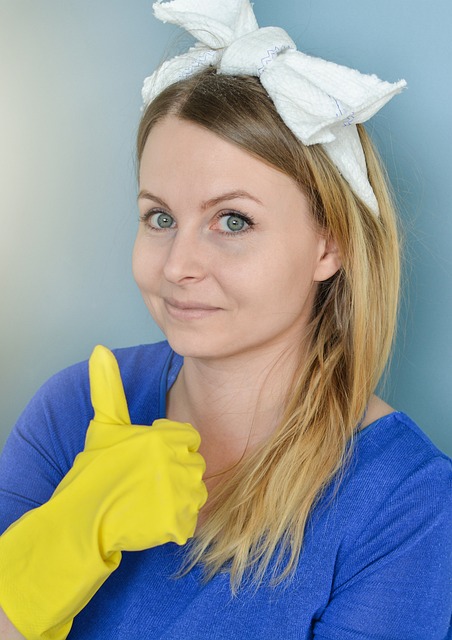
In the realm of pet stain treatment for upholstery, numerous success stories serve as a testament to effective cleaning methods. Case studies from satisfied customers highlight the power of professional-grade solutions and thorough techniques. For instance, a family with two energetic dogs faced the challenge of deep-seated urine stains on their sofa. After employing specialized pet stain cleaning products and expert intervention, the once discolored fabric was restored to its original state, leaving no trace of the accident.
Another compelling story involves a cat owner whose furry friend decided to use the couch as a litter box. The resulting clumps of cat litter embedded into the upholstery posed a unique cleaning dilemma. A combination of enzymatic cleaners and meticulous spot-treating led to a complete removal of stains, ensuring the couch’s savviness and extending its lifespan. These real-life examples demonstrate that with the right tools and expertise, even the most stubborn pet stains can be conquerred, keeping your furniture looking as good as new.
